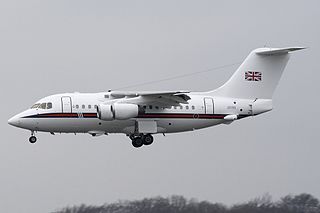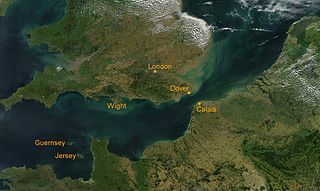
This is a list of the officially accredited Battle of Britain units with their aircraft types, code letters, call signs and casualties.

The Battle of Britain was a military campaign of the Second World War, in which the Royal Air Force (RAF) defended the United Kingdom (UK) against large-scale attacks by Nazi Germany's air force, the Luftwaffe. It has been described as the first major military campaign fought entirely by air forces. The British officially recognise the battle's duration as being from 10 July until 31 October 1940, which overlaps the period of large-scale night attacks known as The Blitz, that lasted from 7 September 1940 to 11 May 1941. German historians do not accept this subdivision and regard the battle as a single campaign lasting from July 1940 to June 1941, including the Blitz.
Contents
On 9 November 1960, the Air Ministry published Air Ministry Order N850 which officially defined the qualifications for aircrew to be classified as having participated in the Battle of Britain. The AMO also defined the squadrons that were deemed to have fought in the battle under the control of RAF Fighter Command between 0001 hours on 10 July and 2359 hours on 31 October 1940; the official beginning and end of the battle.

The Air Ministry was a department of the Government of the United Kingdom with the responsibility of managing the affairs of the Royal Air Force, that existed from 1918 to 1964. It was under the political authority of the Secretary of State for Air.

RAF Fighter Command was one of the commands of the Royal Air Force. It was formed in 1936 to allow more specialised control of fighter aircraft. It served throughout the Second World War. It earned great fame during the Battle of Britain in 1940, when the Few held off the Luftwaffe attack on Britain. The Command continued until 17 November 1943, when it was disbanded and the RAF fighter force was split into two categories; defence and attack. The defensive force became Air Defence of Great Britain (ADGB) and the offensive force became the RAF Second Tactical Air Force. Air Defence of Great Britain was renamed back to Fighter Command in October 1944 and continued to provide defensive patrols around Great Britain. It was disbanded for the second time in 1968, when it was subsumed into the new Strike Command.
A total of 71 squadrons and other units from Fighter Command, Coastal Command and the Fleet Air Arm are listed. [1]

The Fleet Air Arm (FAA) is one of the five fighting arms of the Royal Navy. and is responsible for the operation of naval aircraft. The Fleet Air Arm recently started operating the F-35 Lightning II in a Maritime Strike Role, the AW159 Wildcat and AW101 Merlin in both Commando and Anti-Submarine roles, and the BAE Hawk. Helicopters such as the Lynx and Westland Wasp were previously deployed on smaller vessels since 1964, taking over the roles once performed by biplanes such as the Fairey Swordfish.










